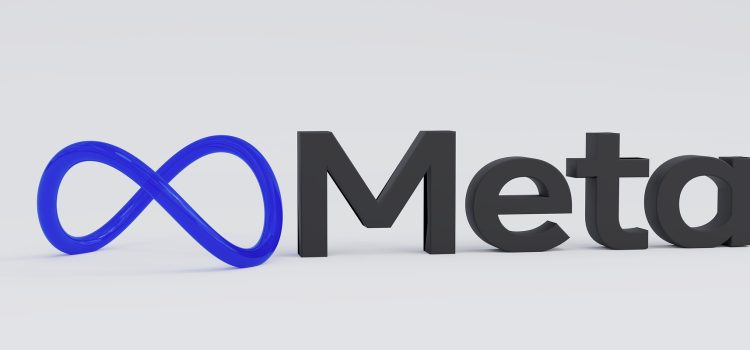
Titan Keys Unleashed: Google’s Bold Step Towards Password-Free Future
By Fred Wilson, a cybersecurity expert and a Google Titan user.
Introduction
Passwords are the most common and widely used form of authentication on the internet. However, they are also the most vulnerable and insecure. According to a report by Verizon, 81% of hacking-related breaches in 2020 involved stolen or weak passwords. Passwords are easy to forget, hard to manage, and prone to phishing and brute-force attacks. That’s why Google has developed a revolutionary solution to replace passwords with physical security keys: the Google Titan Keys.
What are Google Titan Keys?
Google Titan Keys are hardware devices that use public-key cryptography to verify your identity and the URL of the login page, ensuring that attackers can’t access your account even if you are tricked into providing your username and password. They are based on the FIDO2 standard, which is supported by many popular services, browsers, and devices. Google Titan Keys come in two form factors: USB-A/NFC and USB-C/NFC. You can use them to sign in to your Google account, as well as other services that support FIDO2, such as Microsoft, Dropbox, Facebook, Twitter, and more.
How do Google Titan Keys work?
To use a Google Titan Key, you need to register it with your account and enable two-factor authentication (2FA). When you sign in to a service that supports FIDO2, you will be prompted to insert your Titan Key into your device or tap it with your NFC-enabled phone. The Titan Key will then communicate with the service and generate a unique cryptographic signature that proves your identity and the authenticity of the login page. This way, you don’t need to enter a password or a one-time code, and you are protected from phishing and man-in-the-middle attacks.
What are the benefits of Google Titan Keys?
Google Titan Keys offer several advantages over traditional passwords and other 2FA methods, such as:
- Stronger security: Titan Keys use public-key cryptography, which is much more secure than passwords or codes that can be intercepted or guessed. Titan Keys also have a hardware chip that includes firmware engineered by Google to verify the integrity of the key and prevent physical tampering.
- Simpler user experience: Titan Keys eliminate the hassle of remembering and typing passwords or codes. You just need to plug or tap your key and you are signed in. Titan Keys also work across multiple devices, browsers, and services, so you don’t need to carry multiple keys or tokens.
- Lower IT costs: Titan Keys reduce the risk of account compromise and data breach, which can have significant financial and reputational consequences for organizations. Titan Keys also reduce the need for password policies and reset support tickets, which can save time and resources for IT teams.
What are the challenges of Google Titan Keys?
Google Titan Keys are not without some drawbacks, such as:
- Limited availability: Titan Keys are currently only available in select countries and regions, and they are not compatible with all devices and services. For example, Titan Keys do not work with iOS devices, unless they have the Google Smart Lock app installed. Titan Keys also require an internet connection and a compatible browser to function properly.
- Potential loss or theft: Titan Keys are physical devices that can be lost, stolen, or damaged. If you lose your Titan Key, you will need to use another backup method to sign in to your account, such as a recovery code or a backup key. You will also need to revoke the access of the lost key and register a new one. If your Titan Key is stolen, you will need to change your account password and 2FA settings as soon as possible to prevent unauthorized access.
- User education and adoption: Titan Keys are a relatively new and unfamiliar technology for many users, who may not understand how they work or why they need them. Users may also resist changing their habits and preferences, and prefer to stick with passwords or codes. Therefore, organizations that want to implement Titan Keys need to educate and train their users on the benefits and best practices of using Titan Keys, and provide them with adequate support and guidance.
How to get started with Google Titan Keys?
If you are interested in trying out Google Titan Keys, you can buy them from the Google Store or from authorized resellers. You can also order them in bulk for your organization. The price of a Titan Key is $35 for the USB-A/NFC version, and $40 for the USB-C/NFC version. You can also buy a bundle of both versions for $55.
To set up your Titan Key, you need to follow these steps:
- Go to the Google 2-Step Verification page and sign in with your Google account.
- Click on “Add security key” and choose the type of key you have (USB or NFC).
- Insert your key into your device or tap it with your phone, and follow the instructions on the screen.
- Name your key and click on “Done”.
- Repeat the process for any other services that support FIDO2, such as Microsoft, Dropbox, Facebook, Twitter, and more.

Conclusion
Google Titan Keys are a bold and innovative step towards a password-free future. They offer a more secure and convenient way to sign in to your online accounts, and protect you from phishing and other cyberattacks. They are also compatible with many popular services, browsers, and devices, and they are easy to set up and use. However, they also have some limitations and challenges, such as availability, compatibility, loss, theft, and user adoption. Therefore, before you decide to switch to Titan Keys, you should weigh the pros and cons, and evaluate your needs and preferences.
Summary Table
| Feature | Description |
|---|---|
| What are Google Titan Keys? | Hardware devices that use public-key cryptography to verify your identity and the URL of the login page |
| How do they work? | You insert or tap your key when you sign in to a service that supports FIDO2, and the key generates a unique cryptographic signature |
| What are the benefits? | Stronger security, simpler user experience, lower IT costs |
| What are the challenges? | Limited availability, potential loss or theft, user education and adoption |
| How to get started? | Buy a key from the Google Store or authorized resellers, set it up with your Google account and other services, and use it to sign in |
Comparison Table
| Feature | Passwords | Codes | Titan Keys |
|---|---|---|---|
| Security | Low | Medium | High |
| User experience | Hard | Moderate | Easy |
| IT costs | High | Medium | Low |


























